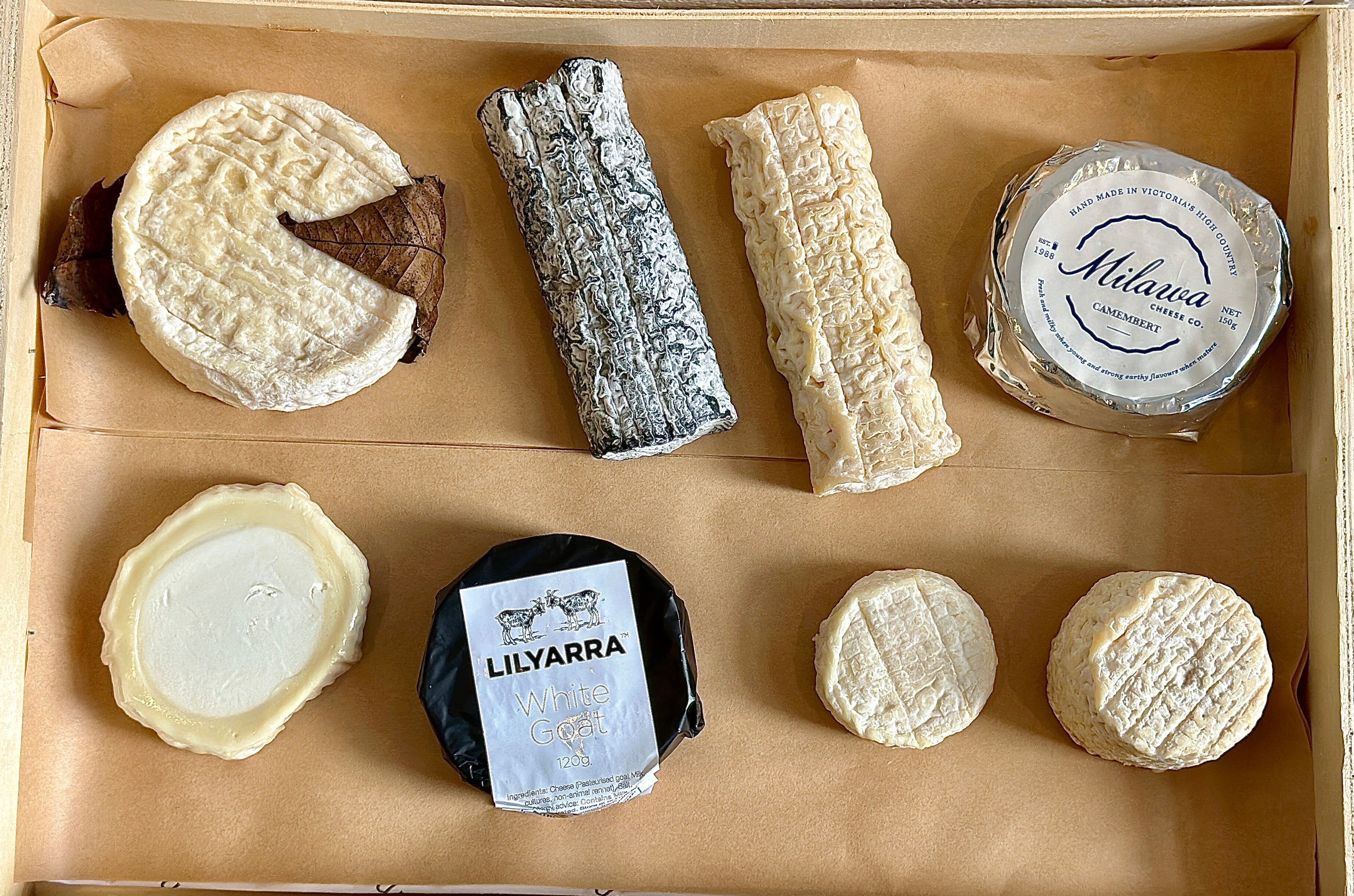
As we are transitioning from winter to spring, it is the perfect time to reflect on the many ways the change of season is affecting our lives and those of the many animals around us.
As the seasons change, so does the food on offer to the cows, sheep and goats which in turn affects the flavour of their milk.
The fat and protein content of the milk shifts with what the animals are eating as well as where they are in their lactation cycle. Those milk characteristics translate to cheese, too.
Spring is therefore a fabulous time for fresh goat and sheep cheeses. Herds will be let out and able to snack on fresh young grass and flowers giving cheeses extra brightness, 'zinginess' and complexity.
Sheep and goats have a shorter lactation cycle than cows so we typically see more of their cheese at this time of year.
Since we live in the Southern hemisphere, Australian sheep and goats give birth to their kids around August, and their first milk, colostrum, is not ideal for cheesemaking. But soon after, their rich milk is just perfect for cheese and will be for the whole summer!
Once the animals are grazing on fresh pasture, the diet tends to provide a different milk quality - grassier but also leaner. Cheesemakers know how to adapt to these variations. And as astute consumers, we learn to appreciate the differences. Not better, just different. Although, there is no harm deciding which seasonal cheeses you prefer. You just need to eat a lot of them and remember to take notes!
Northern Hemisphere
This cycle starts in February in the Northern hemisphere; mid-March early April being the perfect time for fresh goat and sheep’s milk cheese’s degustation!
If you travelled to France in Spring, you would know that cheese retailers would display a huge array of goats’ milk cheeses from all over the country.
Sancerre will be found nearby and would create the perfect pairing for you!



Comments (0)
Back to What's Happening in our World of Cheese